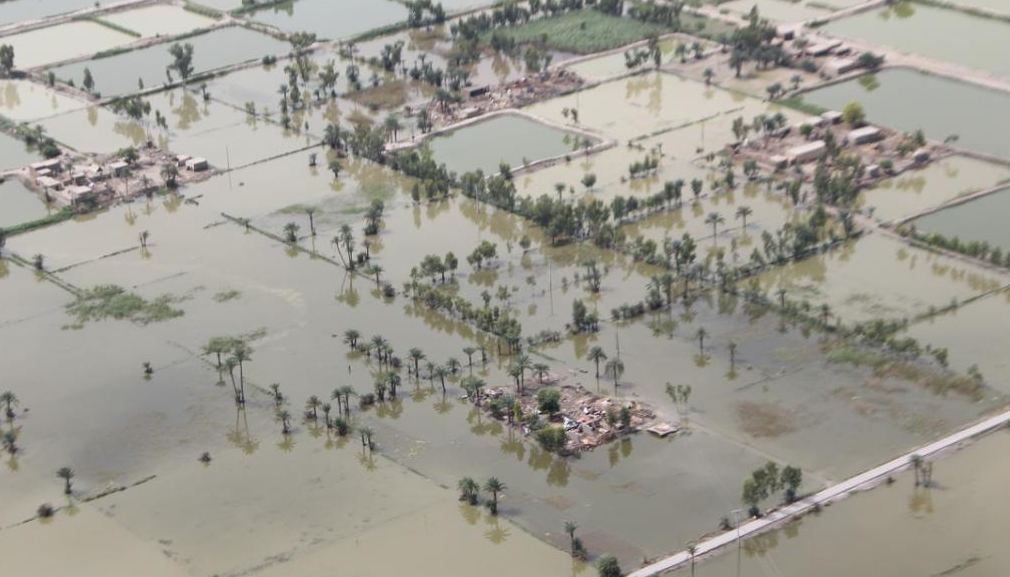La Nina is known for its behavior and the fact that it can’t be controlled. It usually brings abnormal air pressure and warm waters to the Pacific Ocean.
A new study found that La Nina rises the carbon export from the Amazon River for quite a while now. The results include 2.77 teragrams of dissolved carbon (DOC) annually to the outflow from the Amazon River.
Here is what you need to know.
La Nina Triggers the Worst-case Scenario
According to the new study, there was a six-month delay between enhanced precipitation in Amazonian headwaters from La Nina events and a rise in the DOC transported at a sampling site next to the entrance of the Amazon River. How did the researchers come across such results?

Study insights
Researchers collected baseline measurements on nutrients, carbon, and trace elements. Such a technique lets them come up with annual flux estimates and analyze seasonality in the Amazon River.
Martin Kurek is a doctoral student and the study’s lead author. He released a statement explaining why it’s important to monitor La Nina and the biggest river on Earth:
“That’s a big deal, because as global temperature and precipitation patterns continue to change, we’re missing out on this highly sensitive pool of organic carbon coming from the Amazon River that we previously didn’t account for in any of the estimates.”
DOC is considered the most significant intermediary in the global carbon cycle. Analyzing more the cycle and understanding it is key because of the role carbon has on our planet.
The organic matter, for instance, that is transported from the Amazon River represents an essential source of food for microorganisms in the ocean. And that’s not all.
As per previous studies, organic matter is also a source of CO2 in the atmosphere.
Researchers stated that knowing how quickly one of the big things on Earth is changing, is essential to understand how Earth is really shifting!












Leave a Reply